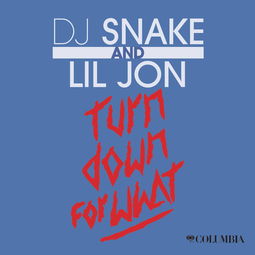What Are Verbs and How to Identify Them in a Sentence
Verbs are an essential part of the English language, playing a crucial role in expressing actions, occurrences, or states of being. Understanding verbs is vital for constructing grammatically correct sentences and conveying your thoughts effectively. In this article, we will delve into what verbs are, how to identify them, and their various types and uses.
What Are Verbs?

Verbs are words that describe actions, occurrences, or states of being. They are the backbone of a sentence, providing the main action or subject’s state. For example, in the sentence “She reads a book,” “reads” is the verb that indicates the action being performed by the subject “She.” Verbs can be in different forms, such as present tense, past tense, or future tense, and they can be used in various parts of speech, such as the subject, object, or predicate.
Identifying Verbs in a Sentence

Identifying verbs in a sentence is relatively straightforward. Here are some tips to help you recognize verbs:
-
Look for action words: Verbs often describe actions, such as “run,” “jump,” or “eat.” These words are typically easy to spot.
-
Check for state words: Verbs can also describe states of being, such as “is,” “was,” or “feel.” These words indicate a subject’s condition or situation.
-
Look for helping verbs: Helping verbs, such as “can,” “will,” or “have,” are used to form verb tenses and moods.
-
Consider the sentence’s meaning: If a word is performing an action or describing a state, it is likely a verb.
Types of Verbs

Verbs can be categorized into several types based on their functions and forms. Here are some common types of verbs:
Simple Verbs
Simple verbs are the most basic form of verbs and describe actions or states. They can be used alone or with objects. For example:
-
Run
-
Swim
-
Laugh
Phrasal Verbs
Phrasal verbs consist of a verb combined with a preposition or adverb. They often have a different meaning from the individual words. For example:
-
Look up (to find information)
-
Take off (to remove clothing or start a journey)
-
Put on (to wear clothing)
Linking Verbs
Linking verbs connect the subject to a noun or adjective, describing the subject’s state or quality. They are often used in sentences that describe feelings, emotions, or conditions. For example:
-
She is happy.
-
He feels tired.
-
They seem confused.
Transitive and Intransitive Verbs
Transitive verbs require a direct object to complete their meaning, while intransitive verbs do not. Here’s a table to help you understand the difference:
| Verb | Transitive | Intransitive |
|---|---|---|
| Eat | Yes | No |
| Run | Yes | No |
| Be | No | Yes |
| Think | No | Yes |
Using Verbs Effectively
Using verbs effectively can enhance the clarity and impact of your writing. Here are some tips for using verbs effectively:
-
Choose specific verbs: Instead of using
